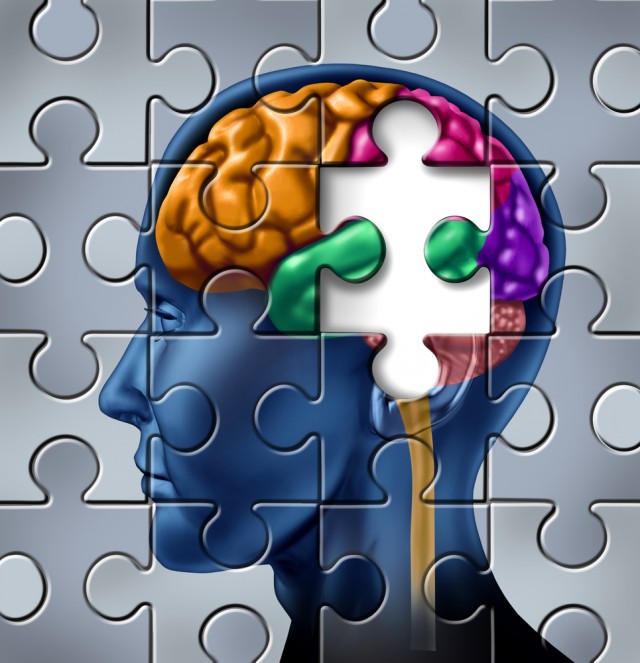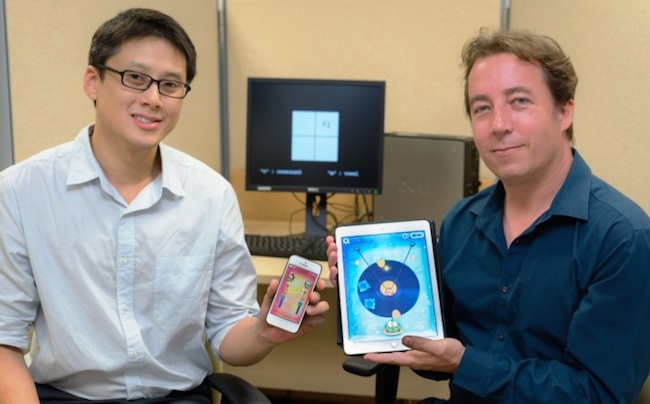
Poorer heart health in middle age was tied to worse outcomes for the brain 20 years later, an observational study of Framingham Offspring participants has shown.
Poor cardiovascular (CV) fitness and greater diastolic blood pressure (BP) and heart rate (HR) response to exercise were associated with a smaller total cerebral brain volume (TCBV) almost 2 decades later (all P<0.05), Nicole L. Spartano, PhD, from the the Whitaker Cardiovascular Institute at Boston University, and colleagues reported online in Neurology.
The study also showed that each standard deviation in less fitness was equivalent to approximately 1 additional year of brain aging in those free of heart disease, they reported.
“Our investigation provides new evidence that lower CV fitness and elevated exercise BP and HR responses in early to midlife are associated with smaller brain volumes nearly 2 decades later, thereby linking fitness over the life course to brain health in later life,” wrote the investigators. “Promotion of midlife CV fitness may be an important step towards ensuring healthy brain aging in the population, especially in prehypertensive or hypertensive individuals.”
The study looked at men and women who were offspring (n=3,548) and spouses (n=1,576) of the original Framingham Heart Study cohort. Participants in the Framingham Offspring Study have had regular clinical examinations approximately every 4 years.
Between 1979 and 1983, at the baseline examination, Framingham Offspring participants with an average age of 40 years had an exercise treadmill test. Twenty years later (1998–2001), at the follow-up examination, participants — now an average age of 58 years old — had an abbreviated treadmill test as well as MRI brain scans.
Spartano and colleagues conducted two analyses. The primary analysis looked at 1,094 Framingham Offspring participants free from dementia and cardiovascular disease at baseline. More than half were female.
The secondary analysis included 1,583 Framingham Offspring participants who had cardiovascular disease or who were taking beta blockers after the baseline exam.
In the baseline exam, 89% of participants overall were able to achieve their target HR (85% of predicted HR maximum or VO2 max), with an estimated exercise capacity equivalent to 39 mL/kg/min.
Over the 19-year follow-up period, the prevalence of hypertension rose from 9% to 28%, and 60% of participants overall had either prehypertensive or hypertensive blood pressure, the study showed.
Previous studies have provided evidence of an association between exaggerated exercise BP and target organ damage or cardiovascular events, noted Spartano and colleagues.
“Individuals with exaggerated BP response to low levels of exercise may have vascular dysfunction that may not be discernible with examination of resting BP,” they wrote. “There is also growing evidence that ambulatory BP is more strongly associated with functional and structural brain impairments than resting BP measured in a clinical setting.”
They also pointed out that drug treatment of hypertension in older age has failed to show prevention of brain volume loss, but there is evidence that treatment of BP in midlife may prevent cognitive decline in later life.
While subtle structural brain changes may precede detectable cognitive impairment by up to a decade, the Coronary Artery Risk Development in Young Adults Study (CARDIA) study observed that physical fitness in early adulthood (mean age 25 years) was associated with cognition in later life (mean age 49 years).
“We are unable to account for the differences between our results and the results from the CARDIA study,” Spartano and colleagues wrote, adding that the effects of lower CV fitness may be more discernible in early adulthood.
“Our findings warrant confirmation in future investigations,” they said, noting that the cohort consisted mostly of white individuals of European descent, and that brain MRI measures were only available in later life.
“This study adds to the growing evidence that mid-life healthy lifestyle habits have an effect on brain aging decades later,” said Serge Gauthier, MD, of the McGill Centre for Studies in Aging and the Douglas Mental Health Research Institute in Montreal, who was not involved in the study.
“This does not prove that you can prevent dementia simply by doing physical exercise,” Gauthier told MedPage Today. “However, it justifies long-term randomized studies in populations with different levels of risk of cognitive decline with age, possibly combining different modalities such as cognitive training, diet, and social interaction.”
Source: medpagetoday













